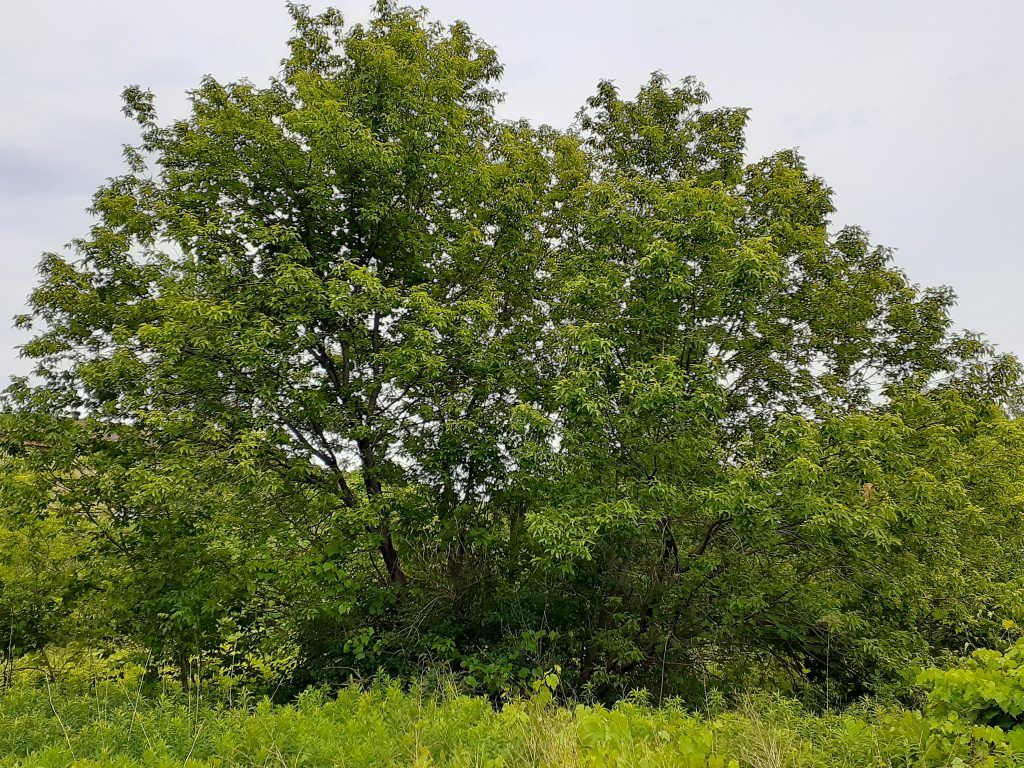
Manitoba maple (Acer negundo) is native to the Canadian Prairies. It is distinctly different from other maple species. The bark and compound leaves make it somewhat similar to ash trees. Manitoba maple is also not as upright standing as other maple species. This species is also dioecious, meaning that each individual bares solely either female or male flowers.
In 1700, fur traders started to bring back seeds from out west and began planting Manitoba maples around agricultural fields to act as windbreakers. These trees are extremely tolerant to almost any soil conditions and can colonize any parcel where sunlight is available. Birds disperse this species by feeding off the maple keys during the winter.
This species’ plasticity and specific functional traits are what make it invasive. In areas with no scarcity of resources like the St. Lawrence lowlands, this species significantly thrives; it has a faster growth rate and a higher photosynthetic capacity compared to most other species. It can therefore rapidly dominate regenerating forest canopy or fields.
Many tend to not consider Manitoba maple as a ‘’true’’ invasive exotic species because it is native to Canada and does not dominate ecosystems as dramatically as other invasive exotic species. Nevertheless, it can become an important competitor to other heliophilous native species such as elms, poplars, ash trees and birches, and affect biodiversity.
Many of these types of trees have been affected in the last decades by pests like emerald ash borer or dutch elm disease, and so the impact of Manitoba maple on these species have been overshadowed by more drastic pest impacts.
Many large specimens of Manitoba maple can be found all around Laval. They are a legacy of the area’s agricultural past. Pure forest stands of Manitoba maple are rarely found.
Sources
Invasive Acer negundo outperforms native species in non-limiting resource environments due to its higher phenotypic plasticity - Annabel J Porté, Laurent J Lamarque, Christopher J Lortie, Richard Michalet, Sylvain Delzon.
Flore laurentienne (in French)
Ville de Montréal : Plantes envahissantes (in French)
Sentinelle - Government of Quebec (in French)
Guide Grobec – Union Saint-Laurent-Grands-Lacs (in French)



